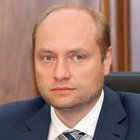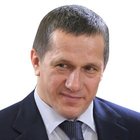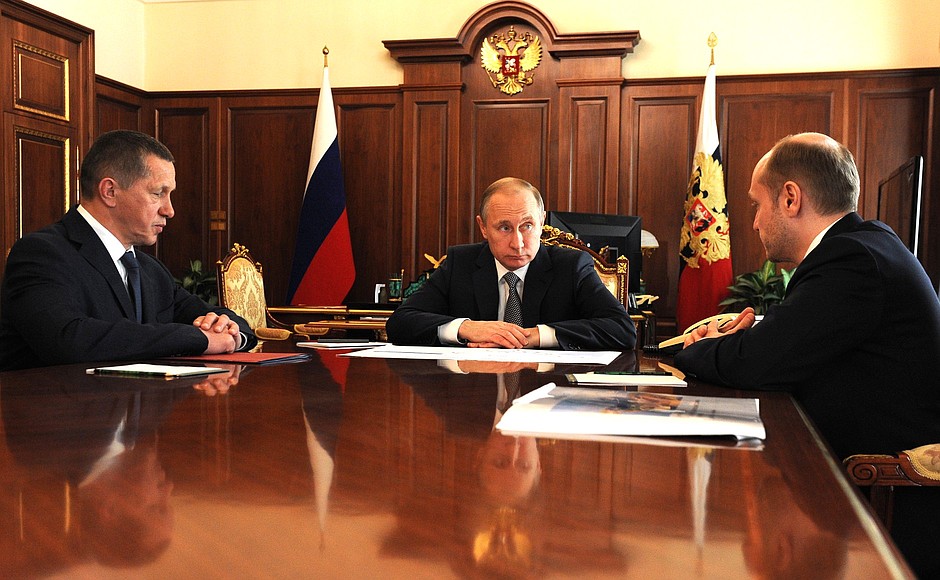
Among the main items on the agenda were the implementation of decisions enabling Russian citizens to obtain plots of land currently in state or municipal ownership in the Far East Federal District, and the application of incentives, including tax incentives, for investment projects in the Far East regions.
Other subjects of discussion included international investment cooperation, prospects for expanding the free port regime to other Far East ports, and measures to bring energy costs down to the national average.
* * *
Additional
President of Russia Vladimir Putin: We agreed earlier to meet to discuss several matters. I spoke with Mr Trutnev just recently about the priority development areas in the Far East. There is progress overall. Work will start soon to implement the decisions to allocate [Russian citizens who want it] a hectare of land [in the Far East]. The Duma has before it a draft law on additional incentives, including tax breaks, for people wishing to work or start up a business in the Far East.
Who would like to begin?
Minister for Far East Development Alexander Galushka: Mr President, in Blagoveshchensk on April 27, we had the chance to meet the first investors in the priority development areas and hear how their projects are progressing and what kinds of facilities they are building. I can tell you that, in accordance with your instruction, these new mechanisms are functioning now not only in Amur Region, but in all of the Far East regions.
This map shows the new growth spots that have been established in the Far East. We have the priority development areas, the Vladivostok free port, and the investment projects that are receiving state subsidies for infrastructure development. The Far East Development Fund is also up and running now. All of this today is reality in the Far East, not just plans on paper or proposals.
Over the past year, we have established 12 priority development areas and ten projects are receiving infrastructural support from the state. Seven projects have received financing from the Far East Development Fund.
To date, total investment brought in through the new development mechanisms comes to 1.3 trillion rubles, of which 950 billion rubles is private investment and 80 billion rubles is state investment. There is thus a multiplication effect of one to twelve: for every ruble from the budget we receive, we attract 12 rubles of private investment. These projects will create 55,000 new jobs.
We have every reason to hope that we can bring the investment level up to 2 trillion rubles by the end of the year. To date, this investment represents 200 new enterprises, 200 new production facilities.
It would be wonderful if you could see for yourself the new facilities built as part of the projects in Amur Region, the clinker brick plant, for example.
Vladimir Putin: A cement plant?
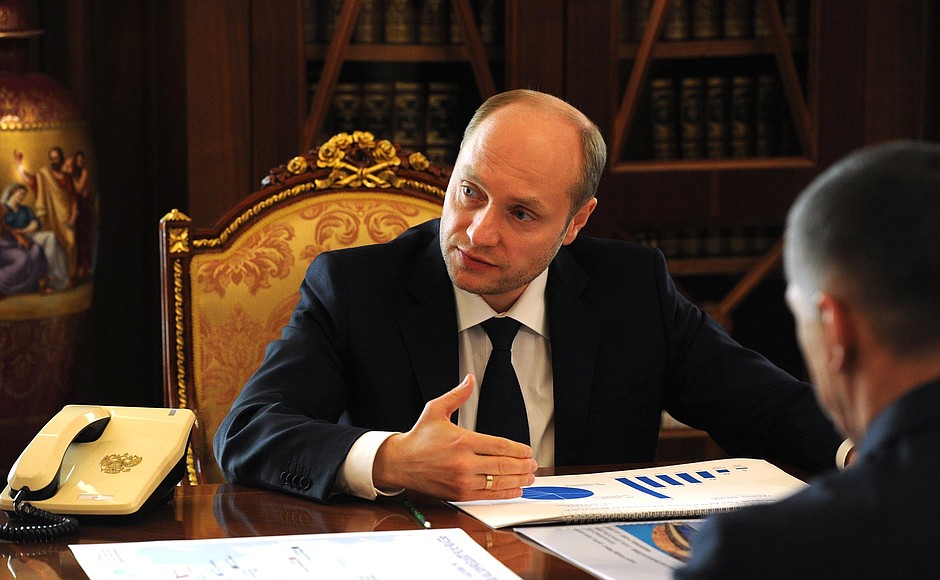
Alexander Galushka: Yes, a cement plant producing clinker bricks in Amur Region. The total investment is 1.6 billion rubles.
Then there is a bakery complex in Belogorsk. This is not a big project, only 18 million rubles in investment, but it is very important for us to have small businesses working in the priority development areas too.
Outside of Amur Region, the large Inaglinsky mining and enrichment plant will soon become operational in Yakutia. A private investor has put 22 billion rubles into this project, which has also received 560 million rubles in state subsidies for infrastructure development.
Khabarovsk Territory also has its share of modern new facilities. There is, for example, a plant producing construction materials and heat insulation materials, and a private investor has put almost 3 billion rubles into the Khabarovsk priority development area. Japanese investors have also come to Khabarovsk to build a greenhouse facility worth 500 million rubles. They are all happy with the priority development areas and would like to invest another 1.5 billion rubles now to develop this investment project.
We also have a plant producing plastic packaging in Primorye Territory. This project is worth 200 million rubles and is already underway. These are all projects that you can already see.
Vladimir Putin: Is this the Europlast plant?
Alexander Galushka: Yes. You can already see it with your own eyes.
Deputy Prime Minister and Plenipotentiary Presidential Envoy in the Far East Federal District Yury Trutnev: Mr President, these will all be commissioned by the end of this year.
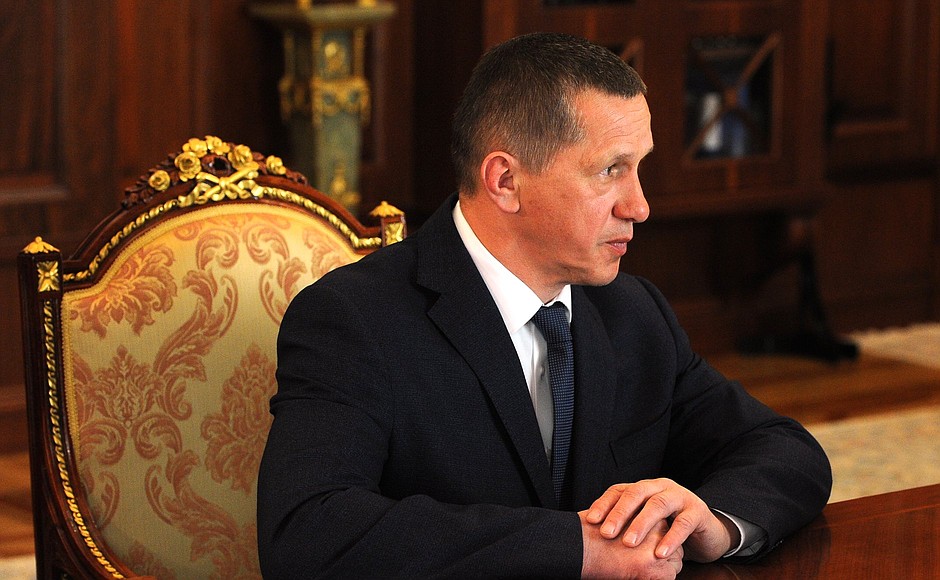
Alexander Galushka: Mr President, I have just listed the facilities that are about to start operation. We plan to have 16 new plants up and running by the end of the year. This is 16 new enterprises incorporating the new look and instruments that have been developed. Next year, 41 new projects are set for launch, 70 new projects will get underway in 2018, and in 2021–2023 we will have a total of 200 new plants in the Far East.
This is not the limit. We have organised work to promote these mechanisms here and among investors abroad. In accordance with the decisions taken, we have established the Agency for Far East Investment, which is working actively to publicise these opportunities to potential investors. Looking at the structure of the 200 companies we have today, 40 percent are manufacturing companies, 20 percent are in the transport and logistics sector, 20 percent are in agriculture, and 10 percent in tourism and services. Therefore, this will also help to diversify the economy of the Far East, which is also very important.
Mr President, we hope that the second Eastern Economic Forum will demonstrate this potential clearly to our own country and to the international community.
Rather than us listing our accomplishments, we would have the investors themselves telling everyone about their experience working in the priority development areas, how quickly they get connected to power grids, obtain building permits, build their facilities and invest with success in our Far East. We want to put the emphasis on practice.
Vladimir Putin: How are the preparations proceeding?
Alexander Galushka: Very well. Mr Trutnev as chair of the organising committee has held several meetings, the programme is clear to us, and it is ready. A delegation to Vladivostok has done everything necessary, and everything is proceeding as planned. It is very important that we have things to discuss and ideas to present.
Vladimir Putin: What about the allocation of land plots? How should this process be organised?
Alexander Galushka: In addition to the mechanisms that have been gradually introduced during the past year – the programme was launched in April-May last year – a number of strategic systems have been created as per your instructions and will become operational soon.
The free allocation of land plots will initially begin in nine municipalities in nine Far Eastern regions on June 1. At the next stage, the programme will be open to residents of all Far Eastern regions on October 1, and it will be accessible to all Russian citizens without exception as of February 1, 2017. During the first five years, people will be able to use this land free of charge. Those who develop their plots as planned by the end of this period and have this properly documented will be able to register these plots as their property. Please note that this opportunity is only available to Russian citizens and that foreign nationals cannot take part in this programme. Moreover, these plots cannot be sold to foreigners even after Russian citizens become their full owners.
Besides, we are completing the trial stage of a special information system in all the nine regions. It is open for use at the надальнийвосток.рф website. We are completing the system’s trial and launching it for commercial use. The idea is that anyone who has a computer with internet access can easily choose a land plot on the map of the Far East and send an online application, after signing in, of course. Moreover, everything can be done without leaving home, but only if you have an electronic digital signature. If you do not, and not all Russian citizens have an electronic digital signature, you can go to the nearest integrated government service centre, which will offer this service.
Vladimir Putin: You must work with the regional heads, of course, to make sure that land is allocated in places where at least some infrastructure already exists.
Alexander Galushka: Yes, Mr President. The law’s provisions state that if more than 20 plots in total are developed, the regional authorities help with infrastructural support. We have already started promoting this project, publicising it, and are organising a competition for the best idea for developing these plots of land. We have all kinds of proposals coming in now. People say they will get together, 200–300 people, to work in cooperation. They say they will take the land, and if they are 200–300 in number, it becomes more realistic to build up the infrastructure, even if it is not so developed. These are proposals coming in from people, not things we have dreamt up ourselves. The important thing is that this law has been passed now.
The second law you mentioned has gone through its third reading in the State Duma now and the adoption process is near completion. We welcome all investors in the Far East. Not everyone comes to the priority development areas or to the Vladivostok free port, but all are welcome, in all regions, even the smallest investors. Under the law’s provisions, anyone who invests 50 million rubles or more in the Far East over three years is entitled to a 10-year holiday on profit tax and tax on subsoil resources use. This is another incentive that applies to all investors without exception.
There are a number of other important projects that are about to get underway.
Vladimir Putin: What are the incentives?
Alexander Galushka: Exemption from profit tax and tax on subsoil resources use.
Yury Trutnev: Mr President, these were the instructions you gave at the State Council.
Vladimir Putin: Yes, I remember, but has it already been passed?
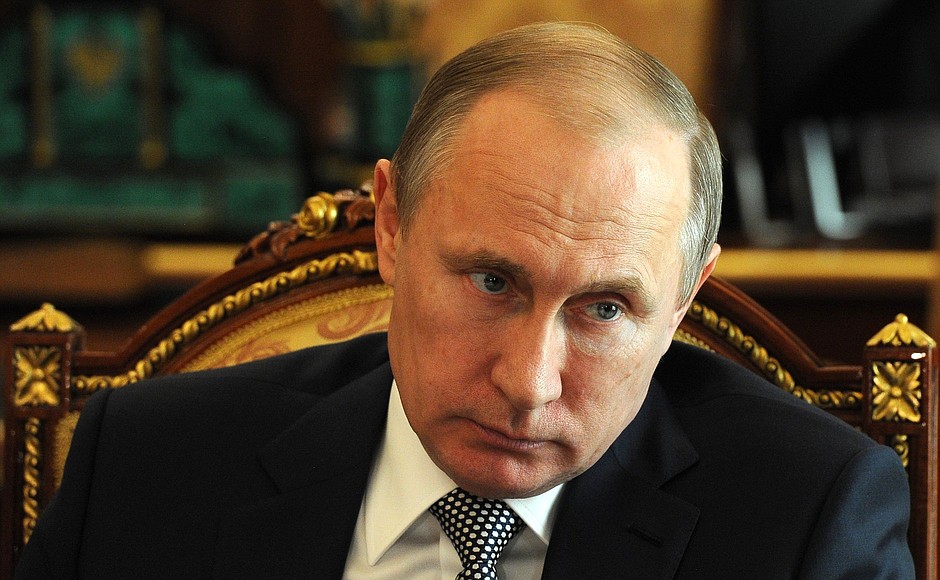
Alexander Galushka: It has already gone through the third reading, Mr President. The process is near completion. We hope that you will be able to sign this law very soon.
I already mentioned that we are actively developing our international cooperation as well. We are working with foreign investors from all over the world and invite them here. The quality of investment is very important, so we create new jobs for our people and develop the economy.
In this area in particular, there has been a major development with our Chinese partners. We have signed a legally binding joint stock agreement on establishing a Russian-Chinese agricultural fund in the Far East with a total investment of up to 650 billion rubles, or $10 billion.
What were the terms of our agreement with our Chinese partners? They will finance 90 percent of the project, and the remaining 10 percent will come from our Far East Development Fund, a VEB affiliate, our sovereign fund. That said, the Russian Federation will own 51 percent in the managing company, and 49 percent will belong to our Chinese partners. Land may be granted only to Russian companies for agricultural production. As for workforce, no less than 80 percent will be Russian citizens. Yes, it is possible to employ foreigners but no more than 20 percent – a reservation has been made to this effect. Russian suppliers of agricultural equipment and machinery for agrarian projects in the Far East will take priority. If we do not have producers in the Far East, we put it down in the agreement that we are ready to create conditions for the localisation of producers so they come to us to launch production. On June 1, the fund will start operating. We also hope that at the Eastern Economic Forum we will present the first serious agricultural projects that it is financing.
Now the fourth point, Mr President. On your instructions, we are prioritising the most diverse state programmes for accelerating the development of the Far East. Naturally, we pay great attention not only to jobs and the economy but also to the social sphere and transportation facilities.
Working on your instructions, the Government endorsed a list of 27 programmes, each of which should have Far Eastern sub-programmes. These have already been drafted for the first five projects: transport, culture, healthcare and ship and aircraft building. More than 700 billion roubles will be allocated from the budget for these five Far Eastern sub-programmes in the next decade. We are now working on allocations for the remaining 22 programmes.
In addition, on your instructions we approved two special programmes. I am referring to a new federal targeted programme for the development of the Kuril Islands in 2016–2025. The Government has endorsed it and we have already launched its implementation this year. Its funding amounts to 68.9 billion roubles. This programme continues the previous one.
We know the problems of the Kuril Islands and we are resolving them. The islands are developing and their population is growing. Transport, energy and social infrastructure facilities and housing construction are the main goals of the new federal targeted programme.
In your annual Address to the Federal Assembly, you set the goal of turning Komsomolsk-on-Amur into another Far Eastern rapid growth hub. The Government approved a comprehensive development plan for the city on April 18. It covers the period from 2016 to 2025 and includes 60 different activities, of which 27 are primary projects, capital construction work, and 33 are in other areas. The first three activities in this programme will be carried out this year. They are the reconstruction of the city’s drama theatre, the construction of a water treatment facility to remove iron and manganese, and the construction of a professional skills development centre. These will be completed this year.
Besides, there are two more draft laws on the Far East. They are with the Government right now, which is getting them ready for submission to the State Duma. The first is a draft law that would extend the free port regime to other key Far East ports, namely Vanino, Sovietskaya Gavan, Nikolayevsk-on-Amur, Korsakov, Petropavlovsk-Kamchatsky, Pevek, and Anadyr. All of these ports are listed in the draft law. The second draft law concerns the recent decision to lower energy costs to the national average.
Vladimir Putin: In those regions where they are higher than the national average.
Alexander Galushka: Yes, that is right. They are higher everywhere, though in some regions only slightly, by 5–10 percent, while in others they are 65 percent higher, or even twice as high, which is the case in Chukotka, for example. This draft law has already been prepared and the Government is currently discussing it. Mr Trutnev held a coordination meeting to speed up its submission to parliament.
<…>
